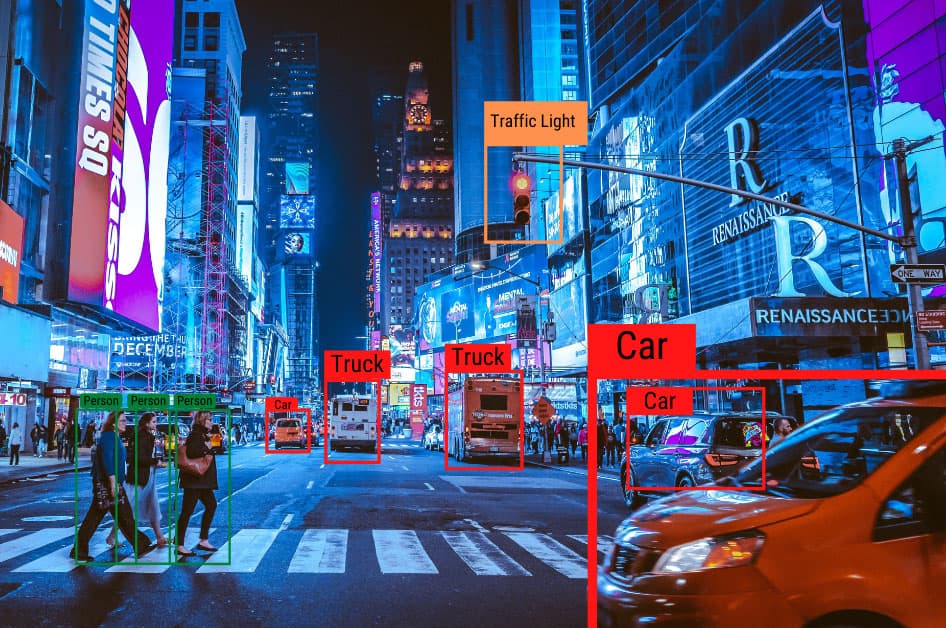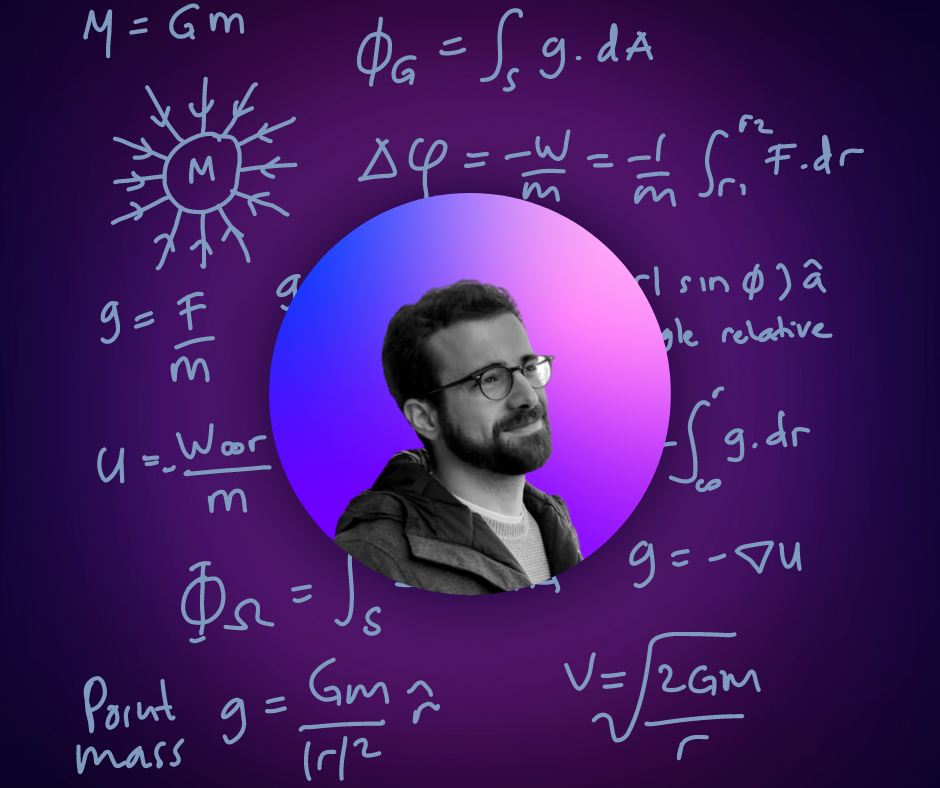What is CV? Computer Vision Solutions Explained
Computer Vision solutions allow computers to recognise objects in digital images and videos. It is a compelling type of AI algorithm that you’ve most likely encountered many times. ...

Computer Vision solutions allow computers to recognise objects in digital images and videos. It is a compelling type of AI algorithm that you’ve most likely encountered many times. Did you unlock your phone using facial recognition today? If so, you’re already experiencing one of the many applications of computer vision. In fact, computer vision solutions are applied in many industries for different purposes.
In this guide, we’ll explore:
- What Computer Vision is
- History of Computer Vision
- How Computer Vision Works
- Application of Computer Vision Solutions
What is Computer vision?
Computer Vision is the branch of AI that enables computers to see and understand the world around them. It allows computers to recognise objects, scenes, faces and much more from digital images taken by cameras (Video or Picture). As you can imagine, emulating human vision is not an easy task, that’s why we need to use the most advanced techniques like machine learning with python to do so.
Why is Computer vision so important? Think of driving a car blindfolded? To accomplish the possibilities of AI deep learning in fields such as autonomous driving computers need to see as humans do and truly understand the world around them. Computer vision solutions facilitate this understanding and allow computers to react to the world around them in real-time – as a human would.
A brief history of Computer Vision
Computer Vision is no new concept! In fact, early experimentation in computer vision dates back to some of the first neural networks in the 1950s. These neural networks – computing systems similar to the brain with interconnected nodes that work like human neurons – detected the edges of objects and sorted them into simple categories like shapes. Commercial use of computer vision came in the 1970s with the ability to interpret handwritten or typed text using optical character recognition – helping blind people understand written text.
As the age of the internet arrived, so too did the availability of large sets of online images for analysis. Throughout the 1990s facial recognition programs grew rapidly as a result of this widespread availability of larger datasets (the internet). Nowadays computer vision is reaching greater heights and milestones every year due to numerous factors:
- Mobile Technology – Camera phones saturating the world with photos & videos
- Computing Power – More accessible and affordable
- Hardware – Widely available and specific to computer vision analysis
- Algorithms – New algorithms take advantage of the above advancements
These advancements mean that modern computer vision solutions are more accurate than humans in detecting and reacting to visual inputs – accuracy rates for object identification have gone up to 99% in less than a decade.
How Computer Vision Works
If you have kids you know that when they get to a certain age they’re able to recognize animals, like cats or dogs. It takes roughly 12 months of learning for a human brain to recognize objects in the real world. Computers emulate this extraordinary skill comparably and all they need are two ingredients: data & machine learning.
Just like an infant’s brain learns to recognise animals like cats and dogs according to their memories, computers’ neural networks learn to detect images of cats and dogs by training their “neurons” on past data/experience. Computer vision solutions scan the world through cameras, convert scans into numbers, and spot attributes (features) like colours, patterns, edges and shapes. If we think of our cat and dog example again – the computer vision would work by capturing features like the poses, sizes and expressions of the animals.
Once the data is scanned and the number of images for cats and dogs in the dataset increases the computer can begin to memorize all the different types of cats and dogs and create a model to determine what the computer thinks a cat or dog looks like. The amazing thing is that we can create models for numerous things – from animals and people to cars or traffic lights.
Application of Computer Vision Solutions
By enabling computers to “see” and analyze their surroundings, computer vision solutions have many applications in modern-day society. These applications can be categorized by different levels of complexity, with lower levels focused on distinct task completion and higher levels focused on specific real-world scenario solutions. Let’s take a look at some of the computer solutions available:
| Tasks | Specific Solutions |
| 1. Object Detection | Person tracking to control social distancing |
| Autonomous Vehicles | |
2. Object Generation |
Content Creation – DALL-E ! |
| 3. Image Classification | Anomaly Detection within Supply Chains |
| Disease Detection from Medical Images | |
| 4. Image Similarity Estimation | Face Re-Identification – Screen Unblocking |
| Similarity-based recommendations – similar clothes/style preferences in retail scenario |
Computer Vision Solutions are already prevalent in our daily lives – as cutting-edge technologies used for the above tasks improve will continue to assist humans!
Conclusion
Computer Vision enables computers to see and understand the world around them. Advancements in technology mean that computer vision solutions can be trained on huge datasets (the abundance of images online). Moreover, Improved algorithms now facilitate the development of more Computer Vision applications than ever before.
Whether it’s unlocking your phone, optimizing supply chain efficiencies, or driving hands-free down the motorway – Computer Vision is only becoming more sophisticated and with further advancements will continue to become intertwined in the world we live in.
Interested to learn what AI & Computer Vision could unlock for your business? Book a meeting with the team.



